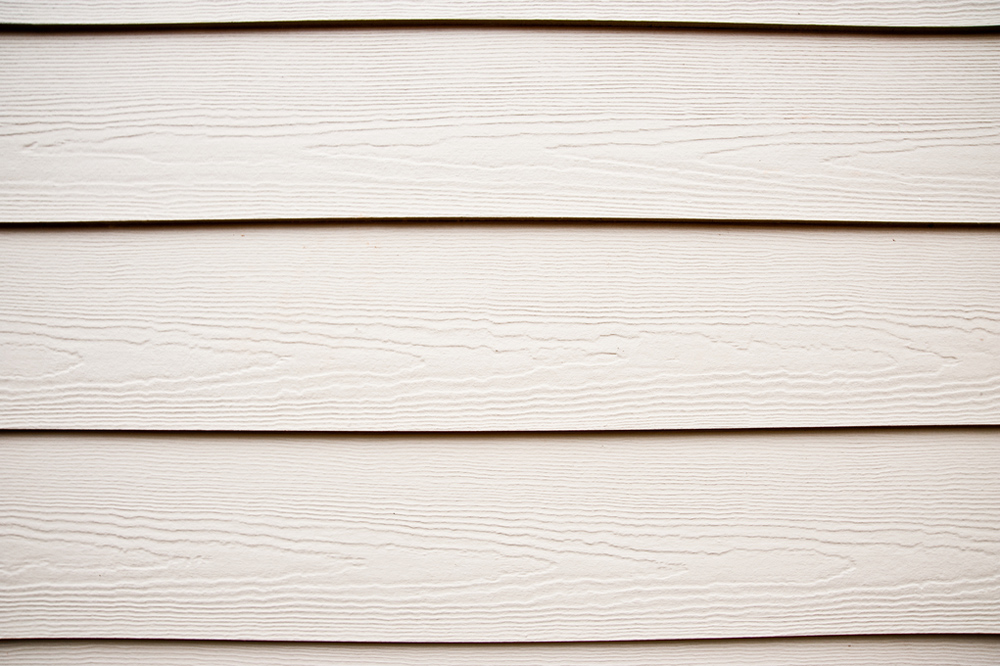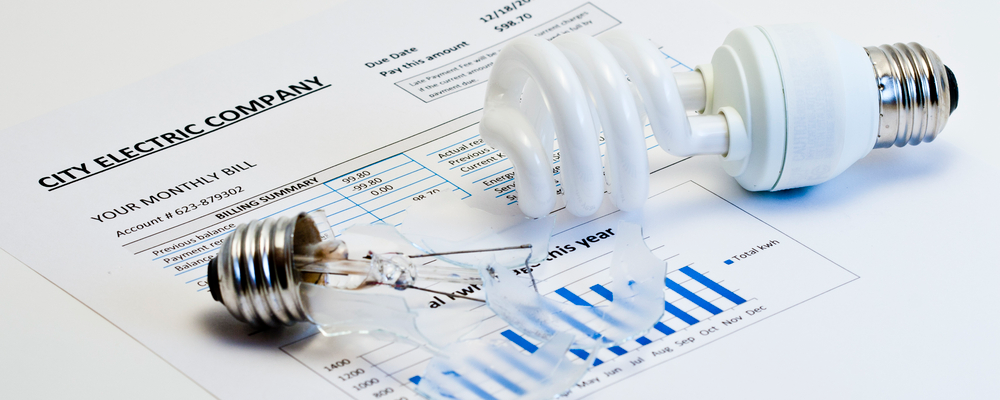Selecting the Best Siding Material for your Home

As the world faces the threat of climate change, many homeowners factor energy efficiency when renovating their homes. But creating an energy-efficient home not only helps with the efforts to hold back global warming. It’s good for the pocket, too, as it leads to savings on energy costs.
Several elements work together to make a home energy efficient. The materials you use are one of them. Take the case of siding your house’s siding, for example. When it’s time for an upgrade, choosing the suitable siding material not only brings added charm to your home but can also lower your utility bills.
But how do you determine which is the most energy-efficient siding material? This article aims to give you a hand on the matter. By knowing how different siding options affect your home’s insulation, you can pick the one that will increase your energy savings.
How the Right Siding Can Save You Energy
There’s a reason why your electricity bills are higher during the summer and winter months. Keeping your home’s temperature at a comfortable level during those times requires more electric power. The rise in consumption naturally leads to hikes in your utility payments.
Keeping your living space comfortable without cranking up the HVAC unit can aid your energy efficiency efforts. How do you achieve this goal? By properly insulating your home, and this is where the value of the right siding comes in.
Using materials that offer the best insulation for your living area regulates how much air seeps into your home and how much air leaks out. With proper insulation, you can keep your indoor temperature at a comfortable level while relying less on your heating and cooling devices. This helps lower your energy costs and saves you a few bucks on your power bills.
Types of Siding Options
With so many materials to choose from, selecting the best and most energy-efficient siding can be a chore. To simplify matters, we’ve narrowed down the list to the most energy-efficient ones.
Wood
Wood offers natural insulation as it retains heat and keeps the cold air out exceptionally well. Thus, sidings made from this material are popular options among homeowners. A wood siding not only adds a rustic look to your home, but it is also recyclable and biodegradable, making it a greener choice than others.
If you’re an advocate for the environment, be sure to check if the wood siding came from a sustainable source, such as a managed forest association. Home siding made from unsustainable wood will defeat your purpose of choosing the material for its green attributes.
A wood siding improves the aesthetics of your home while helping you save the planet. But, without proper maintenance, termites can be a problem.
Stucco
A masonry plaster made from cement, sand, water, and lime, stucco siding offers excellent flexibility and resilience against harsh weather. It also gets top marks when it comes to stopping air leakage and seepage. This is a big plus when it comes to improving your home’s energy efficiency.
A stucco siding’s smooth look and the various hues created by adding dyes to the mix give a house a classic look and enhance its curb appeal.
Stucco sidings are incredible insulators. They retain heat, making your living space warm and cosy during winter. They also do a great job of keeping hot air out during summer. As such, going for stucco siding can help improve your home’s energy performance and lead to a lower energy bill for you. The savings you get can help make up for the material’s higher upfront and maintenance costs.
Steel
A steel siding is custom-formed around your home, eliminating overlaps and seams common with other siding options. As a result, steel sidings can keep leaks and pests out better than other materials. On top of that, steel is a durable building material. It can withstand harsh weather, such as high wind speeds, hailstorms, and heavy rain.
Newer steel siding options have also become sleeker and more stylish. This makes them popular options among property owners who go for a modern look.
One drawback of this type of siding, however, is its lack of natural insulation. This makes steel siding a poor choice for those who live in areas with cold climates. You can opt for an insulated steel version, but it comes at a higher price.
Polymer-based Composite
This home siding is made from polypropylene resin. Because polymer-based composite sidings offer the look of real wood, it quickly became popular among those who love the appeal of wood sidings but not their upkeep.
Made through injection molding, the final product can be shaped to the exact dimensions of your home’s walls and with whatever extra details are required.
Its superior moisture management lessens the risks of structural damages to your home due to the elements. This makes polymer-based composite siding more cost-effective than natural wood.
However, aside from the higher costs, installing polymer-based siding yourself can be a challenge as the complicated process requires the services of a factory-certified technician.
Fiber Cement
Natural materials like wood fibers, clay, sand, and cement go into this type of siding, with some variations in composition depending on the manufacturer. Fiber cement siding is thicker than other siding products, which is one of the reasons for its durability.
It’s fire and pest resistant and can withstand harsh weather conditions, such as strong wind and hail. Being low maintenance, fiber cement helps you save the money you’ll otherwise spend on regular maintenance requirements.
Fiber cement is considered an excellent alternative to natural stone and wood siding. But, it’s not as energy efficient as those two in keeping your home at a comfortable temperature nor is it eco-friendly.
Insulated Vinyl
This type of siding is similar to vinyl but with one crucial difference. It has an extra layer made of rigid foam insulation. Because of the additional protection, insulated vinyl siding can boost your home’s energy efficiency and thus help lower utility bills.
This insulated siding won’t need as much care and upkeep as regular vinyl while being more durable. However, insulated vinyl siding tends to be more expensive than its regular counterpart.
Aluminum
Aluminum siding was developed in the 1930s to replace sheet metal siding that tends to warp, rust, and leak. It quickly became en vogue during the 1940s until the 1970s, owing to the advantages it offers.
Aside from being light and strong, aluminum siding offers excellent insulating properties. It’s also easy to install, which translates into savings in labor costs.
If you live in a coastal community or humid area, aluminum is an excellent choice as it doesn’t absorb moisture.
You do have to refresh or repaint an aluminum siding regularly, and it is easily scratched and dented. It can also decrease the property value of your home because of its industrial appearance.
Fiberglass
Fiberglass is one of the more recent innovations in home sidings. Made of a combination of sand and resin, this siding is light but strong. Because of its lightweight, it doesn’t add much to the structural load of your house. Moreover, its strength lessens the risks of damages during installation.
On the downside, working with this product requires specialized knowledge. So like with polymer-based composite, you’ll need to hire a professional to install this siding.
FAQs
Is thicker vinyl siding worth it?
Siding thickness is one of the factors to consider when you choose the siding you’ll install in your home. Although thicker vinyl siding costs more, the amount you’ll spend is well worth it. Keep in mind that the thicker the siding, the more insulation it provides. That means it retains more heat during winter and better protects against the adverse effects of extreme weather conditions
Remember what we said about insulation playing a significant role in your home’s energy efficiency? Well, the thicker vinyl siding naturally provides more insulation than a thin one. It’s also more durable, making up for its higher price because it lasts longer.
What is the most economical siding for a house?
If you’re looking for budget-friendly siding for your home, vinyl siding is the way to go. Although its thermal blocking abilities leave a lot to be desired, it definitely is one of the cheaper alternatives around. What’s more, it is one of the more longer-lasting siding materials as it can insulate your home for over 60 years
Does new siding increase home value?
The answer depends on what siding you use. Some home siding like vinyl, fibre cement and wood tend to increase the property value of your home. Meanwhile, aluminum siding decreases it due to this type of sidings lack of aesthetic appeal.
What is the most durable vinyl siding?
Different factors affect the durability of vinyl siding. One of the most important is thickness since it affects the r-value of the material, its aesthetic quality, and, yes, its strength or durability.
If you plan to use vinyl siding, you should be aware of the different thickness grades of the material. Remember that the thicker the siding, the stronger it is.
Thicker siding also offers the best protection for your home.
Final Words
Installing home sidings offer a multitude of benefits. They boost the curb appeal of your home, protect it from the elements and even increase its value. If you want to save money, sidings can help you with that goal, too.
Energy-efficient sidings aid in maintaining the temperature of your home at a comfortable level. Thus, you won’t have to depend too much on your heating or cooling devices. This typically leads to lower electricity usage, which translates into lesser power expenses.
That’s why it’s essential to do thorough research and evaluate the sidings you’ll install for energy efficiency.
Updated on




